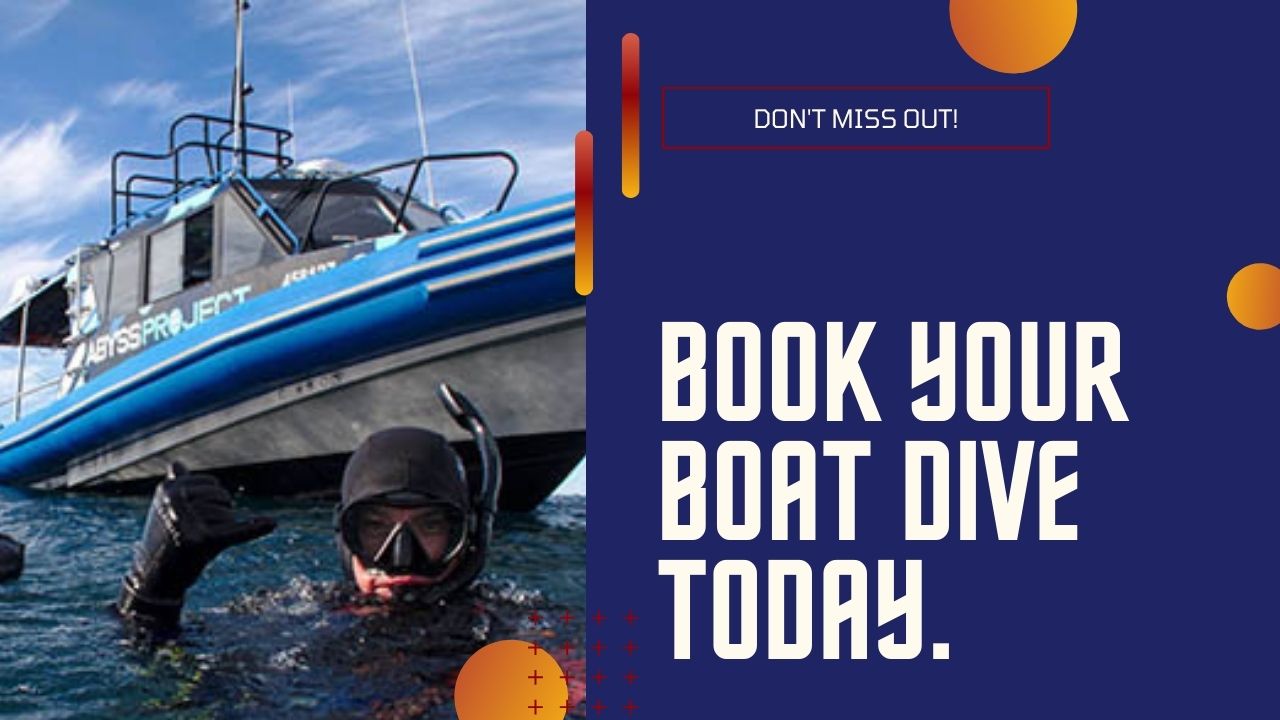You have 0 product(s) in your cart.
Abyss Scuba Diving
Sydney Diving Guide: Mastering Tides For Safe & Memorable Dives | Abyss Scuba
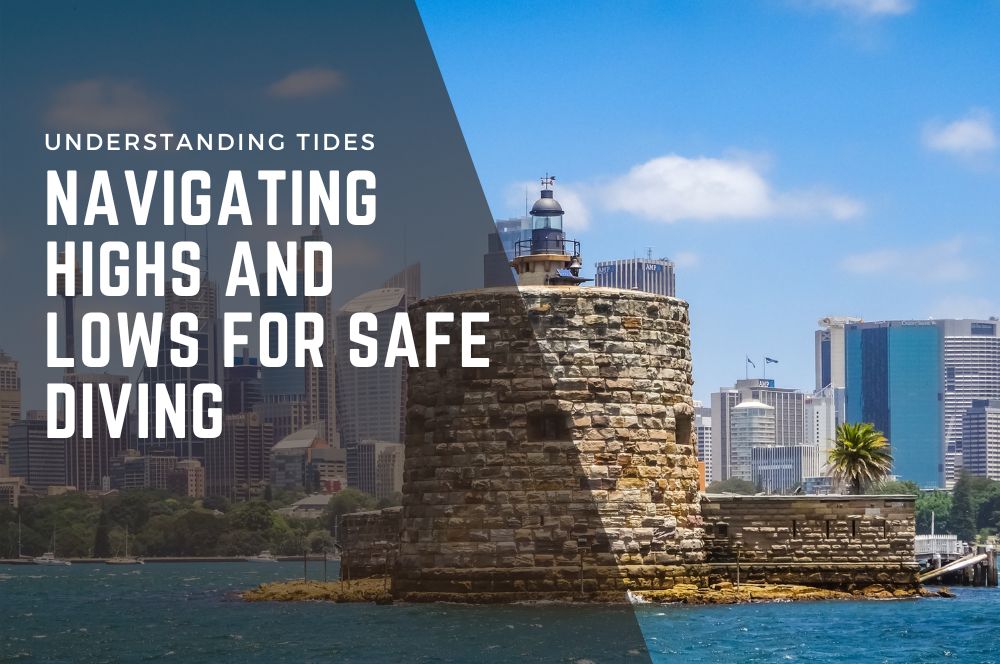
Understanding Tides: Navigating Highs and Lows for Safe Diving
Understanding ‘tide tides’ is essential for divers seeking to explore Sydney’s underwater beauty safely. This article will explain how the oscillation between high and low tides shapes diving conditions and provides you with the tools to plan your dives effectively. You’ll gain insight into predicting tides, navigating strong currents, and making the most of the ocean’s natural rhythm for an unforgettable dive experience.
Sydney (Fort Denison) Tides
For next 24 hours
| Time | Type | Height (m) |
|---|
Note on Tide Heights:The table displays tide heights relative to the average sea level, acting as a reference point . A positive value indicates high tide above average sea level, while a negative value signifies low tide below average sea level. These measurements are vital for scuba divers, providing insights into water depth variations.
Key Takeaways
-
Understanding the complex dynamics of tides is crucial for ensuring safety and enhancing the diving experience in Sydney’s diverse marine environments.
-
Tide tables and technological tools such as TASK, Poltips, and Polpred are key resources for divers to schedule their activities and plan dive strategies in relation to expected tidal changes.
-
Local dive communities provide valuable insights and recommendations, emphasising the importance of wind, weather systems, and swell periods in conjunction with tidal knowledge for both beginner and advanced scuba divers.
Welcome to the Tides: Embracing Sydney's Ocean Rhythms
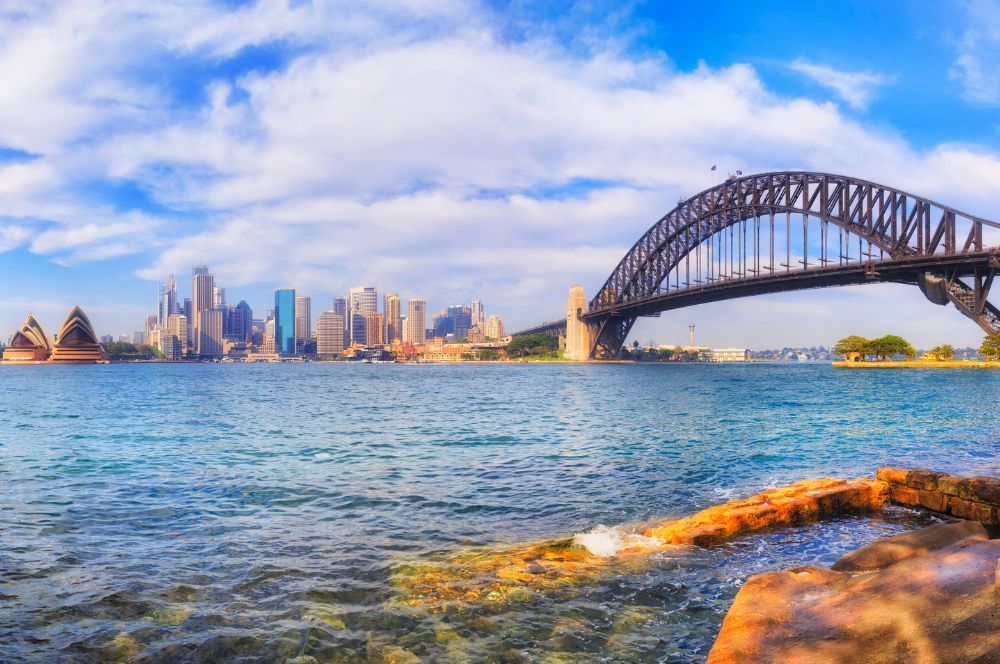
Sydney, with its iconic harbour and pristine beaches, beckons divers from around the globe. The city offers a unique blend of urban charm and natural beauty, making it a prime destination for underwater adventurers. As you prepare to submerge yourself in the mesmerising aquatic reserves of New South Wales, know that the tides will guide your journey, enhancing your experience with every dive.
Imagine floating weightlessly along the shore, where the marine life thrives in the harmonic cadence of the ocean. Sydney’s tides are a testament to the natural laws that govern our seas, presenting a world of discovery at iconic locales like Shelly Beach and the vast expanse of NSW’s coastline. The rhythmic dance of high and low tides in Sydney’s Harbour and along its shores offers a glimpse into the ocean’s soul, promising an array of diving experiences as diverse as Australia itself.
Embrace the ebb and flow as you dive into Sydney’s waters, where the tides create a dynamic environment ripe for exploration. Our mission is to guide you through these ocean rhythms, providing the essential tidal information that will ensure your diving adventures in Sydney are as safe as they are thrilling.
Tidal Forces Unveiled: The Science Behind the Tides
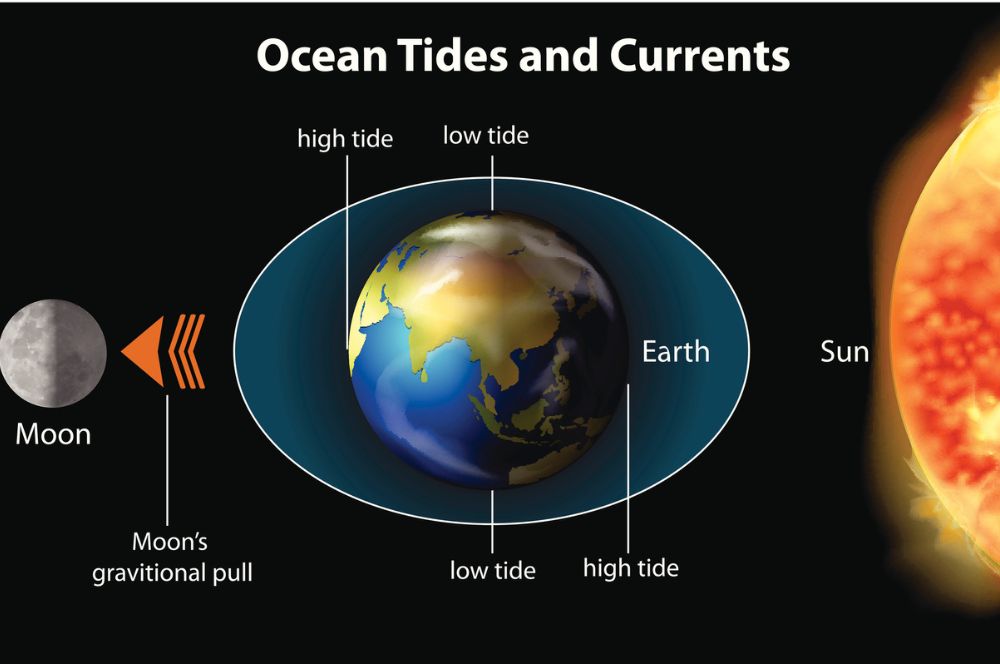
The tides, those long waves moving across oceans, are a product of the gravitational dance between Earth, the moon, and the sun. Predominantly influenced by the moon’s pull, tides are the heartbeat of the ocean, creating a cyclical swell that reaches every shore.
As Earth rotates under the moon, coastal areas typically bear witness to the rhythmic pattern of two high tides and two low tides each lunar day. The peaks and troughs of these tidal waves, the high and low tides, converge with the coastline, sculpting the shore with each visit. Imagine the ocean swelling like a football, with the ends pointing towards and away from the moon experiencing high tides, while the sides running parallel feel the low tide’s embrace.
Tides and Scuba Diving: An Essential Connection
Tides are the unseen hand that shapes every scuba diving adventure in Sydney. They influence:
-
where you can dive
-
the visibility
-
marine life encounters
-
your safety
Add to this the environmental factors like seasonal algal blooms and water temperature, and you’ll find that tides are just one part of a complex equation that dictates the clarity and conditions of your underwater adventure.
Navigating the tides means understanding their power to create or negate hazardous conditions. Here are some key points to keep in mind:
-
Strong tidal currents can be a major threat, capable of sweeping divers out to sea.
-
Slack water periods during high and low tides usually offer safer conditions with minimal water movement.
-
Such knowledge is crucial for every dive, from shore dives to boat dives, and from snorkelling excursions to technical diving expeditions.
Sydney’s marine habitats are inextricably linked to the tides, which circulate nutrients and help maintain water quality, essential for a vibrant and diverse ecosystem. As a diver, your experience is enriched by these tidal forces, which dictate the direction of the swell and ultimately affect everything from entry and exit points to the abundance of marine creatures you’ll encounter.
Tide Times and Your Diving Plans
Tides in Sydney are like the ocean's heartbeat, influenced by the moon and sun's gravitational dance. This ebb and flow affect not just the depth and accessibility of dive sites but also visibility and safety. Knowing when to ride the tide wave can make all the difference in your diving experience.
| Dive Site | Best Time to Dive | Reason |
|---|---|---|
| Bare Island | Slack High Tide | The eastern side of Bare Island is recommended because water movement is limited, offering clearer visibility. |
| Ship Rock | 10 minutes before High Tide based on Fort Denison | The tidal direction will change during the dive and you can use the tidal movement both directions |
| Sydney Harbour | On slack high tide Fort Denison for optimal visibility and conditions | In comming tides carry away sediments, improving visibility, which is especially beneficial in Sydney Harbour. |
| The Steps | Slack High Tide | Best to start the dive swimming into the current and use the current to return to the exit. |
| Magic Point | Not Tidal effected | Visibility can be affected by environmental factors, so it's best to refer to a local dive shop for optimal conditions. |
The Brilliance of Slack Water
Slack water is that golden moment when the tide is neither high nor low but briefly paused. This is when the sea takes a deep breath, resulting in minimal water movement. Why does this matter for divers? Because slack water often brings the best visibility and calmest conditions, making it easier and safer to explore the underwater world.
For the clearest views and a serene dive, timing your dive at slack water, particularly after high tide, is like hitting the marine jackpot. However, there's a special note for those diving in Botany Bay and Sydney Harbour: diving on an incoming tide (just before high tide begins to recede) can significantly enhance visibility. This is because the outgoing tide carries sediments and particulates, from inside the bay.
Mastering the Tides: Strategies for Advanced Divers
For the advanced diver, mastering the tides is a testament to their skill and experience. Slack tide diving, which taps into the tranquil waters when the tidal current is at its weakest, opens up opportunities for exploring the underwater realms in their most serene state. Neap tides, occurring approximately a week after spring tides, offer more moderate and predictable conditions, allowing for safer and more enjoyable dives.
Successful dives during varying tides require a sophisticated understanding of local conditions, including the impact of wind, weather systems, and the coastline’s specific contours. Divers benefit greatly from the expertise of local divers who can provide insight into the nuances of tide-affected dive sites, including current behaviours and safe entry/exit strategies. For instance, at Kurnell, a great drift dive can be experienced when there is a spring tide. However, it is essential to note that during the period of Spring Tides, the strong currents can make it unsafe to plan anything but a drift dive. This is due to the more pronounced difference between high and low tides, which can create powerful water movements, making stationary dives challenging and potentially dangerous. Therefore, understanding the timing of tides and their effects is crucial for planning a safe and enjoyable dive.
Tide Tables and Tools
When planning your dive, tide tables and technological tools are your best allies. TASK and Poltips are among the specialised software that provides graphical tide tables and predictions, helping divers schedule their underwater adventures around the expected changes in tide. Additionally, Polpred offers tailored information for offshore operations, and the National Oceanography Centre can provide advice for configuring such software to meet specific needs.
Understanding the interplay between tides, surf, and the ocean floor’s terrain is vital, as these factors dictate how water moves at different tide heights, affecting visibility and water flow. In Sydney, diving around high tide is often recommended for better visibility, while entry into the water is most favorable approximately 2.5 hours after Fort Denison’s high tide. Consult with the Bureau of Meteorology for marine forecasts, and use local services like Seabreeze and WillyWeather to check weather and tide forecasts, as well as sea level information.
For those who prefer a more hands-on approach, tidal data reports can be requested for specific areas, revealing precise latitude and longitude coordinates along with a date range, without the need to purchase software. This, coupled with tools like Google Earth and Navionics, can assist divers in planning their dives by evaluating reef structures, entry and exit points, and even parking availability.
Dive Site Spotlight: Ship Rock and Swansea Channel
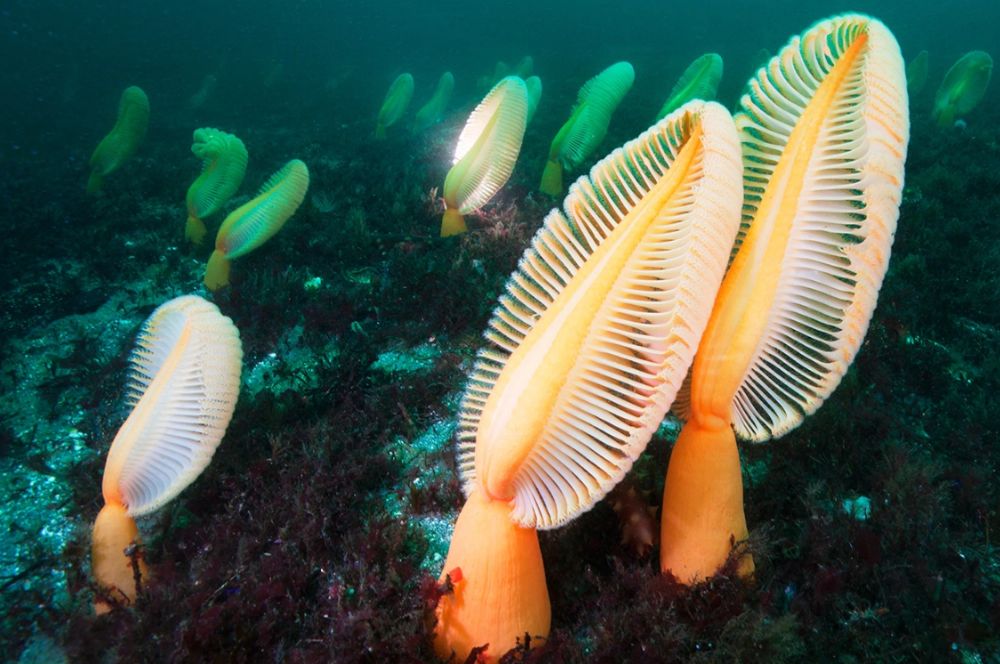
Venture into the heart of Sydney’s diving scene with a spotlight on two of its premier dive sites, Ship Rock and Swansea Channel. These locations are prime examples of how tides significantly influence diving conditions. This deep understanding of tidal movements and current directions is essential for safe navigation and optimal marine encounters.
Detailed guides and dive briefings are paramount for imparting the knowledge of how tides affect each specific dive site. At Ship Rock and Swansea Channel West Drift, timing is everything, as the tidal conditions dictate the best times to embark on your underwater journey.
Ship Rock: Navigating Currents and Marine Life
Ship Rock is a gem located just a 45-minute drive from Sydney, providing divers with a special experience best enjoyed on a high slack tide. This timing, about 10 minutes before Fort Denison high tide guarantees calmer waters and excellent visibility, enabling you to fully admire the wonders of the site, such as the ‘Bubble Cave’ and its diverse marine life.
The marine sanctuary at Ship Rock is a rich tapestry of aquatic life, home to an impressive array of over 130 fish species, encompassing both temperate and tropical varieties such as seahorses, giant cuttlefish, Port Jackson sharks, Wobbegong sharks, and a diverse range of rays. The crystal-clear waters, choreographed by the ebb and flow of the tides, serve as a portal into this lively ecosystem, granting divers a unique opportunity to observe a multitude of fish and marine creatures in their unspoilt natural habitat.
Navigational tips like heading west to find the main wall if disoriented are key to enjoying Ship Rock to the fullest. Such advice is just an example of the expertise shared by local divers, ensuring you can safely explore the range of underwater features, including sea walls, and marine life that make this site a standout along the coast.
Swansea Channel: Drift Diving with the Tide
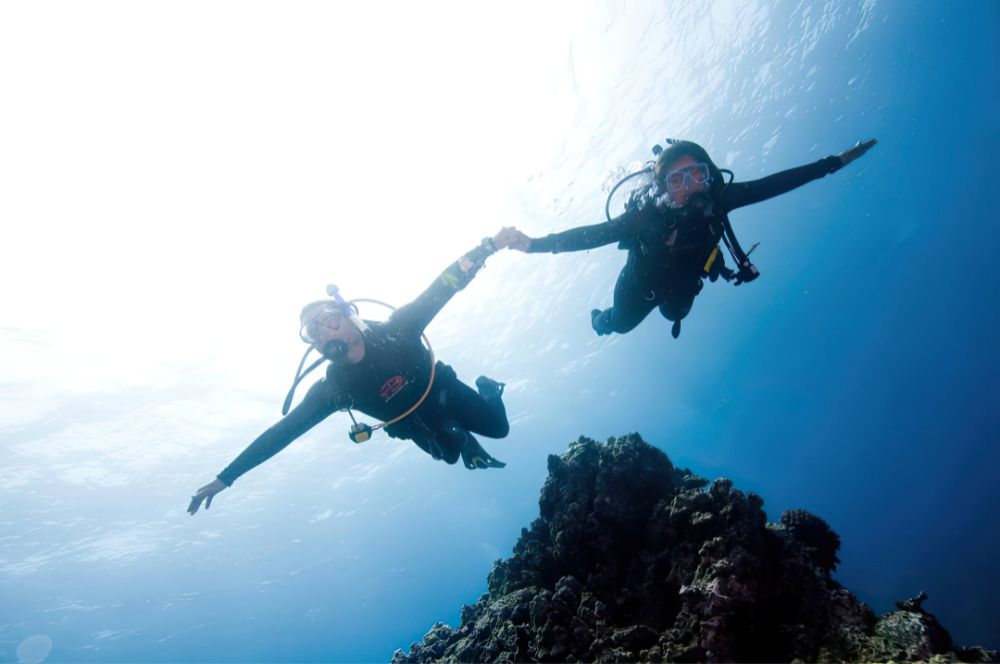
Swansea Channel offers a distinctive drift diving experience best enjoyed during incoming tides, around 4 hours before high tide Fort Denison time. The increased visibility and robust currents of the spring tides promise an exhilarating adventure. The dive kicks off near the Swansea RSL Club, stretching across roughly 1500 meters. Depending on the current's intensity, this underwater journey can span between 30 to 45 minutes.
As you drift, you'll encounter 'sand dunes' or seabed hills that present diverse depths and current dynamics, heightening the thrill of the dive. For safety precautions, divers should hug the rocks on the left side post-bridge passage to avoid resurfacing in the channel's centre, where boat traffic poses risks.
Swansea Channel teems with lively marine species, including large flathead, whiting, kingfish, luderick, bream, firefish, and pipefish.
These are common during the drift dive. With the Dive Swansea dive shop conveniently located next to the bridge, divers and their dive buddy have easy access to airfills, support, and padi dive courses, making this an accessible dive site for day trips from Sydney.
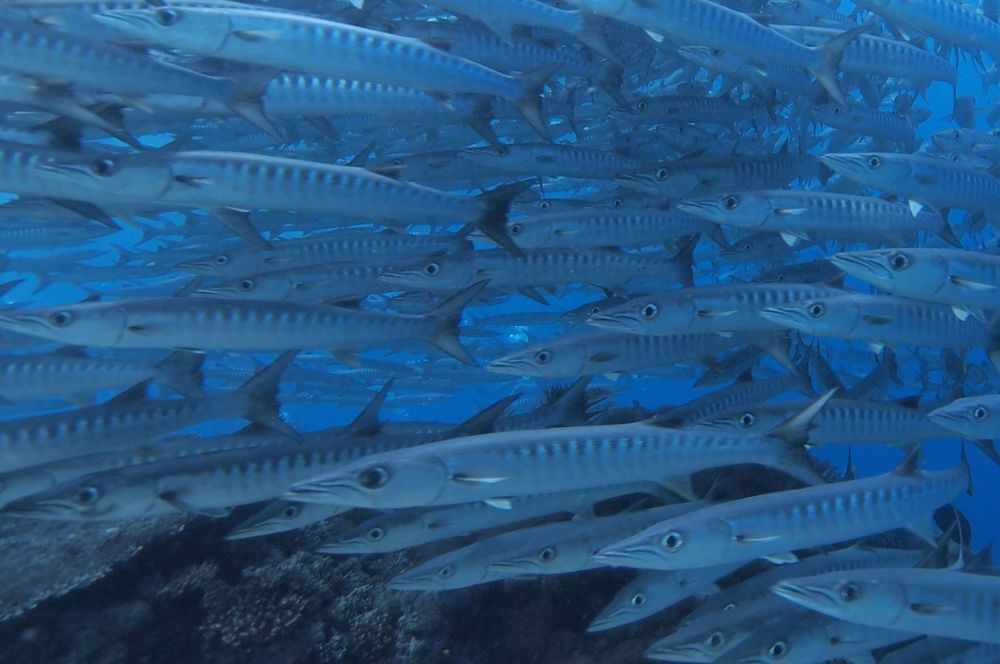
Summary
To conclude, Sydney’s tides are a force to be reckoned with—a vital component to your diving experience that dictates visibility, safety, and the very complexion of marine life encounters. By understanding the tides, using the right tools, and heeding local wisdom, you can navigate the highs and lows of these ocean rhythms for a truly unforgettable underwater adventure.
Frequently Asked Questions
What is the tide in Sydney now?
The tide in Sydney is not available in the provided responses. I recommend checking a reliable source for current tide information in Sydney.
What are the times between tides?
The times between tides are approximately 12 hours and 25 minutes apart, due to the Earth rotating through two tidal "bulges" every lunar day, which is about 50 minutes longer than a 24-hour Earth day.
What is the best time to plan a dive in Sydney?
The best time to plan a dive in Sydney is around high tide, with entry into the water recommended approximately 2.5 hours after Fort Denison's high tide for optimal visibility and conditions.
How do tides affect visibility in Sydney's dive sites?
Tides can affect visibility in Sydney's dive sites by mixing ocean waters and increasing nutrient levels, particularly after large swells. Divers typically plan dives during slack water periods at high and low tides for the clearest conditions.
RELATED POSTS
-
Plunge into Scuba Diving: Pro Tips…
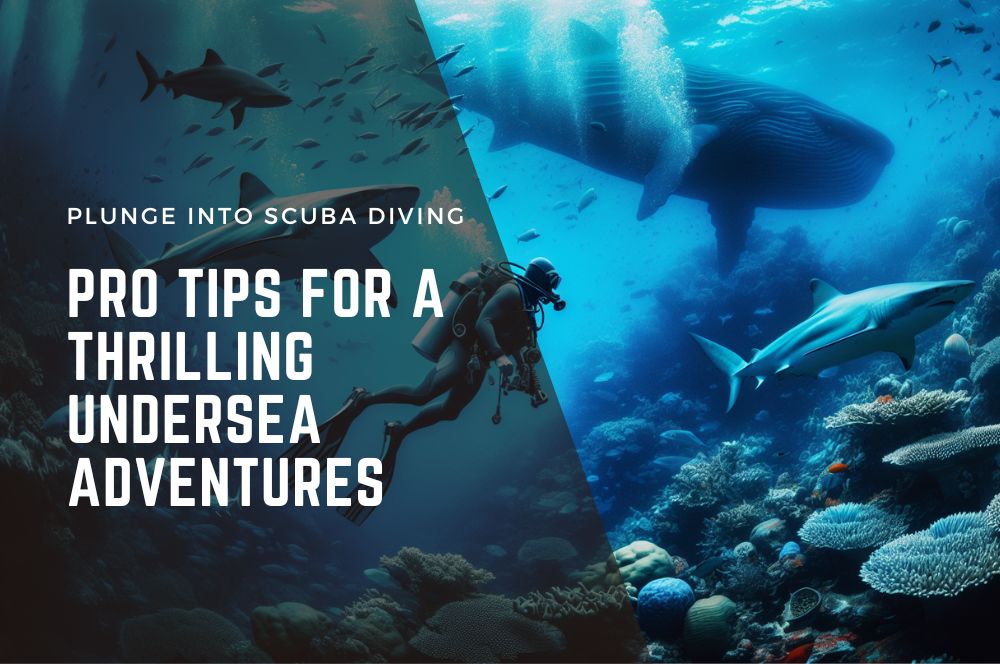
Plunge into Scuba Diving:…
Plunge into Scuba Diving: Pro Tips for a Thrilling Undersea Adventures Submerge into an exhilarating world […] -
The Ultimate Australian Diving Bucket…
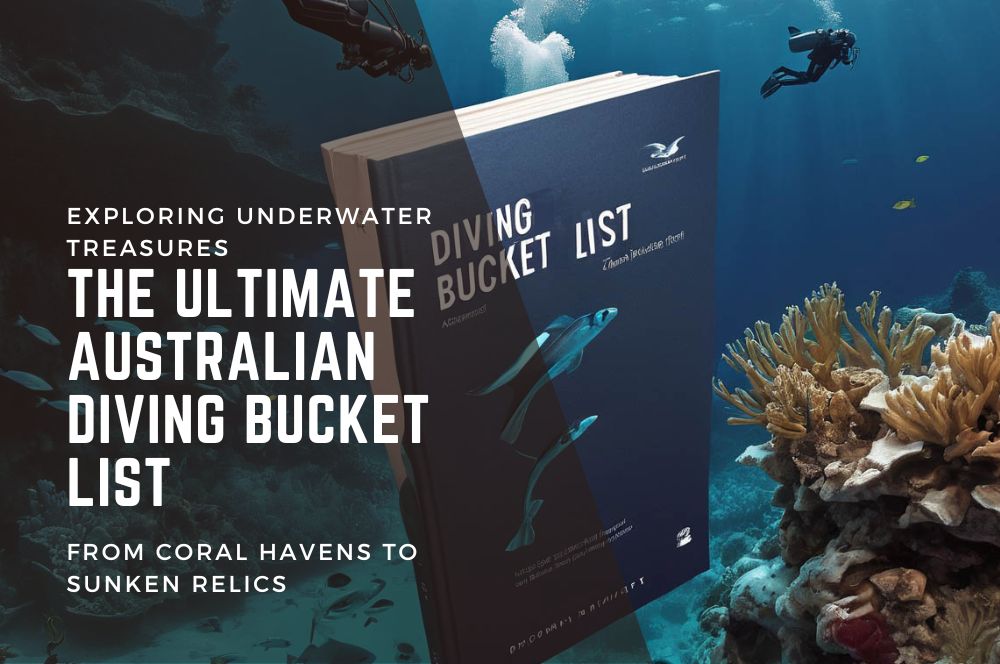
The Ultimate Australian…
The Ultimate Australian Diving Bucket List: Exploring Underwater Treasures from Coral Havens to Sunken Relics […] -
8 Key Factors to Improve Your Scuba…
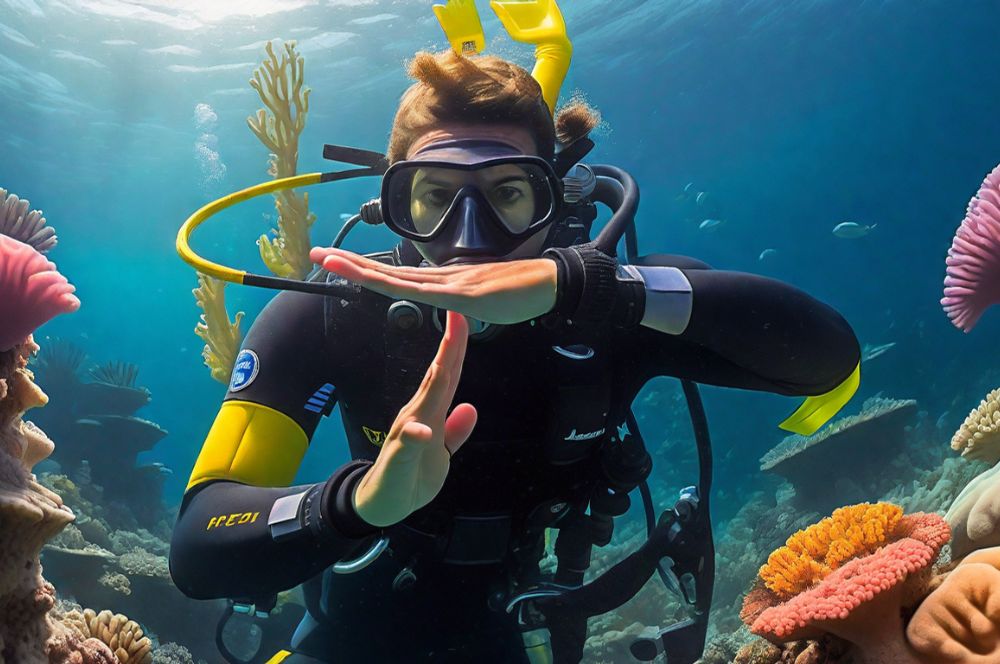
8 Key Factors to Improve…
Dive Efficiently: A Comprehensive Guide to Improving Your Scuba Air Consumption Rate Have you ever had to […] -
Unleashing Your Inner Superpowers through…
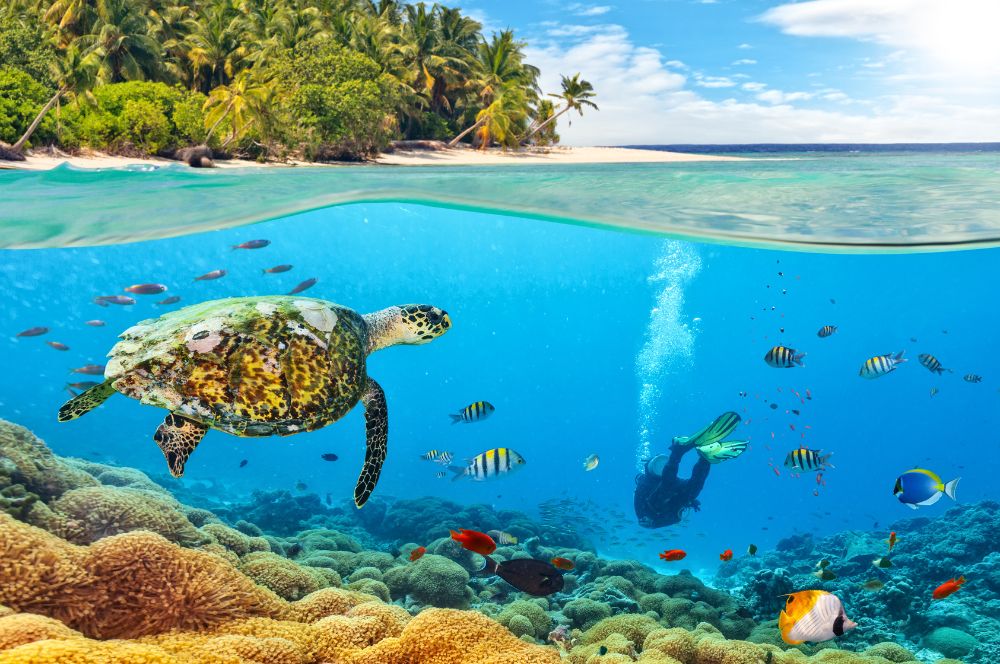
Unleashing Your Inner…
From Ordinary to Extraordinary: Unleashing Your Inner Superpowers through Scuba Diving Are you curious about […]
Recent Posts
